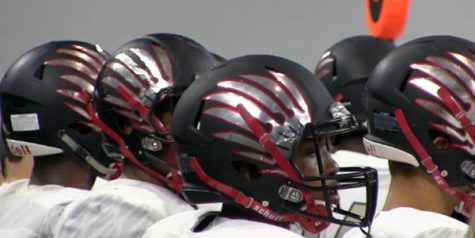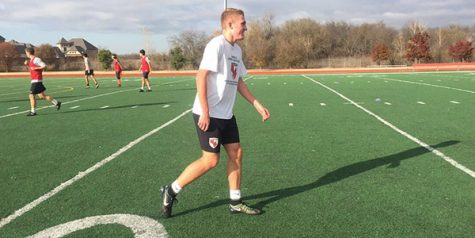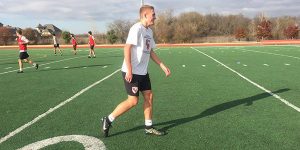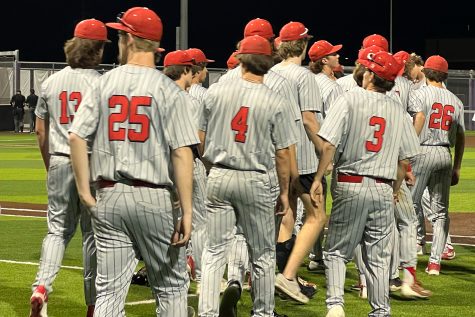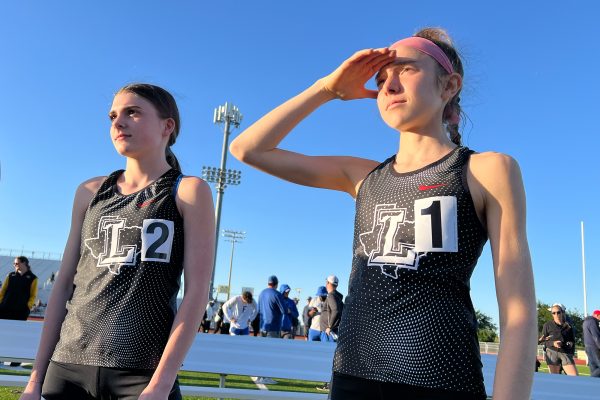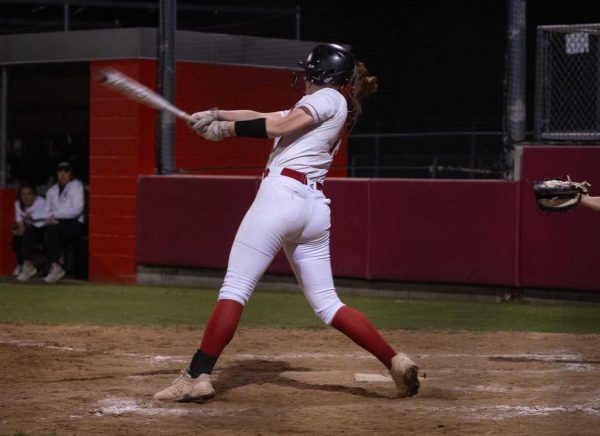Texas embarks on nation’s largest brain injury study

Anatomy and Physiology students had the opportunity to gain more hands-on experience by dissecting sheep brains. The activity helped students visualize some of their own anatomy and learn about the complex parts of the brain.
The state of Texas is embarking on the nation’s largest study of brain injuries among young athletes this week. The University Interscholastic League is partnering with the O’Donnell Brain Institute at UT Southwestern Medical Center for the project, where they hope research will indicate if equipment changes or rule changes need to be put in place to further protect athletes from concussions and other brain injuries.
The adolescent brain is very susceptible to concussions,
— Pediatric Intensivist Dr. Archana Dhar
“Until we understand what the frequency of concussions is across the state, or a region of the state, we can’t determine when rule changes, equipment changes or things like recovery programs are really being effective,” Dr. Munro Cullum, UT Southwestern professor of psychiatry, neurology and neurotherapeutics said in the Dallas Morning News.
On campus, athletes that are diagnosed with a concussion must go through a concussion protocol and may not return to full physical activity until cleared to do so.
“My doctor would test my balance over certain periods of time,” freshman Taylor Bullitt said. “If I could maintain balance on each leg, then I was eligible to play in the game again.”
For the school’s athletic trainers, the priority is on seeing the athletes improve and get back to their normal state in order to avoid a reoccurring injury.
“We basically monitor their symptoms,” athletic trainer Joseph White said. “We don’t let them participate until they have completed our return to play protocol and they are symptom free.”
Until that time comes, athletes can not participate in their normal physical activities but can go through stages of recovery to return to their sport that range from no activity to non-contact training drills.
There needs to be a lot more education in this regard,
— Pediatric Intensivist Dr. Archana Dhar
“I had to sit out of activities that involved physical contact. Four months where I couldn’t do anything and then I started going back into it after that for two months,” Bullitt said. “I had to wear headgear to protect myself from getting hurt. I had to rest a lot, stay indoors, and drink a lot of water.”
In order to prevent athletes from suffering multiple concussions, the state is looking to become more educated about the causes and effects of such brain injuries.
“The adolescent brain is very susceptible to concussions. And usually, long term damage from concussions becomes a worry after athletes have had multiple concussions,” Pediatric Intensivist Dr. Archana Dhar said. “There needs to be a lot more education in this regard.”
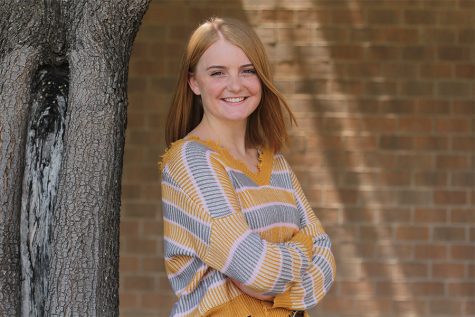
Kasey is entering her fourth year in Wingspan as a senior. She spends her free time driving to god knows where with her windows down and music blasting...

Keegan ‘KEEG$’ Williams, is a senior and Editor-in-Chief for Wingspan. She likes to partake in many activities such as watching Youtube and talking...



